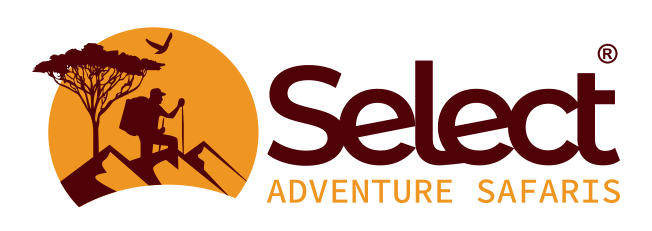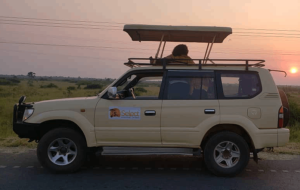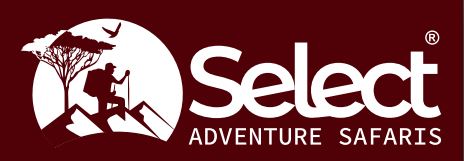Zanzibar wildlife
Zanzibar wildlife : There are several different ecosystems on Zanzibar, which support a wide variety of magnificent mammals, birds, reptiles, and amphibians. The Zanzibar archipelago is home to a variety of animals and plants, both terrestrial and marine. Two coastal forest mosaics can be found in eastern Africa: the Southern Zanzibar-Inhambane coastal forest mosaic and the Northern Zanzibar-Inhambane coastal forest mosaic. Birds, butterflies, and small animals make up the majority of the biodiversity.
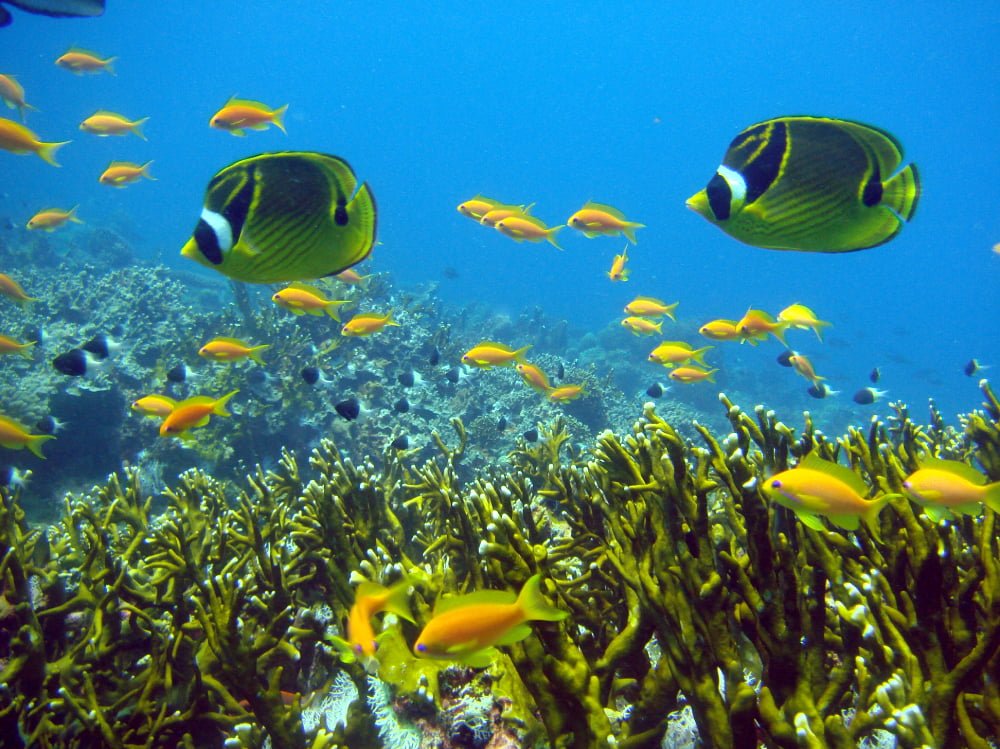
The main draw of Zanzibar is the abundance of marine life found in its coral reefs. The greatest remaining indigenous forest on the island, which is home to several endangered species, is found in the Jozani-Chwaka Bay National Park. The biodiversity of Unguja, the largest island in Zanzibar, reveals the island’s connection to the continent of Africa during the last ice age. The Zanzibar flora and fauna are governed by the Tanzanian Wildlife Act, which also regulates Tanzanian wildlife. The Jozani Chwaka Bay National Park and other reserves protect the uncommon biodiversity on this island. The International Union for Conservation of Nature (IUCN) and the World Wildlife Fund (WWF) are involved in a number of wildlife project efforts aimed at protecting and preserving the flora and fauna of the islands.
The richness of marine life on Zanzibar’s coral reefs is the island’s greatest attraction. The Jozani-Chwaka Bay National Park contains the majority of the island’s indigenous forest, which is home to a number of threatened species. The biodiversity of Unguja, Zanzibar’s largest island, shows how connected the continent of Africa was to the island during the last ice age. The Tanzanian Wildlife Act, which also governs Tanzanian wildlife, governs the flora and animals of Zanzibar. The exceptional wildlife on this island is protected by the Jozani Chwaka Bay National Park and other reserves. Several wildlife project initiatives are being carried out by the World Wildlife Fund (WWF) and the International Union for Conservation of Nature (IUCN) with the goal of maintaining and protecting the flora.
Protected Areas of Zanzibar
You may witness a variety of species in Zanzibar’s protected areas, which include a national park, wildlife reserves, and marine reserves. The preservation of wildlife species in Zanzibar is greatly aided by these protected areas. The fauna that can be found in Zanzibar’s protected zones is listed below.
PARK NATIONAL
Jozani national park
The park is Zanzibar’s sole national park, measuring 50 square kilometers and containing the island’s largest near-natural forest region. It can be found on the island of Unguja. Groundwater forest,coastal forest, and grassland are among the habitats found inside the park and its surrounding protected territories, including mangrove forest and salt marsh on the shore.
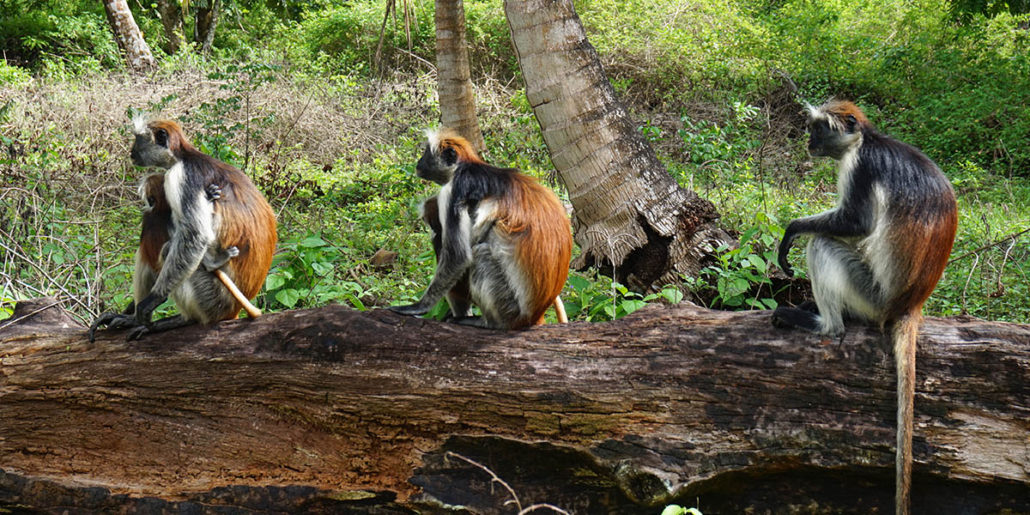
The Aders’s duiker and the Zanzibar red colobus (Piliocolobus kirkii), both listed as endangered species on the IUCN List, are only two of the many species that may be found here. Colobus monkey groups can be seen close to the park. Wading birds and seaweed have been seen in the marshy areas.
Wildlife reserves in Zanzibar
Ngezi forest Reserve
The 14.4 square kilometer Ngezi Forest Reserve is situated near Pemba Island’s northwest corner (5.6 square miles). In 1950, the property was declared a reserve after the most of it had been cleared for clove growing. The Ngezi forest, which is high-closed and continues all the way to the shore at Vumawimbi, is still present.
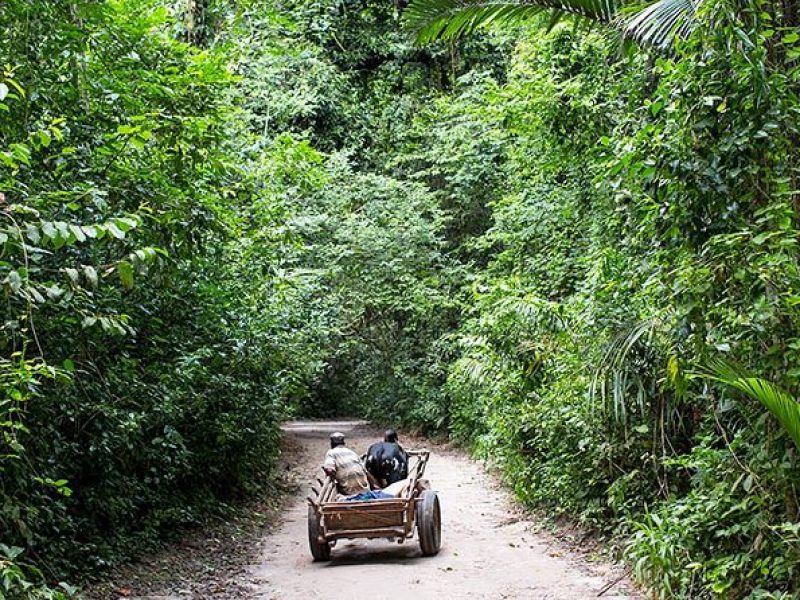
Among the 27 bird species identified in the forest are the Hadada ibis, African goshawk, palm-nut vulture, scops owl, malachite kingfisher, and Pemba white-eye. These endemic species are the Hadada ibis, African goshawk, palm-nut vulture, scops owl, malachite kingfisher, and Pemba white-eye. Other animal species that can be found on the Ngezi forest reserve are the Pemba flying fox, Pemba vervet monkey, Zanzibar red colobus monkey, hyrax, Pemba blue duiker, feral pigs, Javan civet cat, and marsh mongoose.
Kidike Root site
The central portion of Pemba Island is where you may find the Kidike Root Site. It is home to the largest species of bat in the world, the critically endangered Pemba flying fox. The island’s other inhabitants include red-eyed doves, bush crabs, tortoises, vervet monkeys, Mozambique cobras, and mangrove kingfishers.
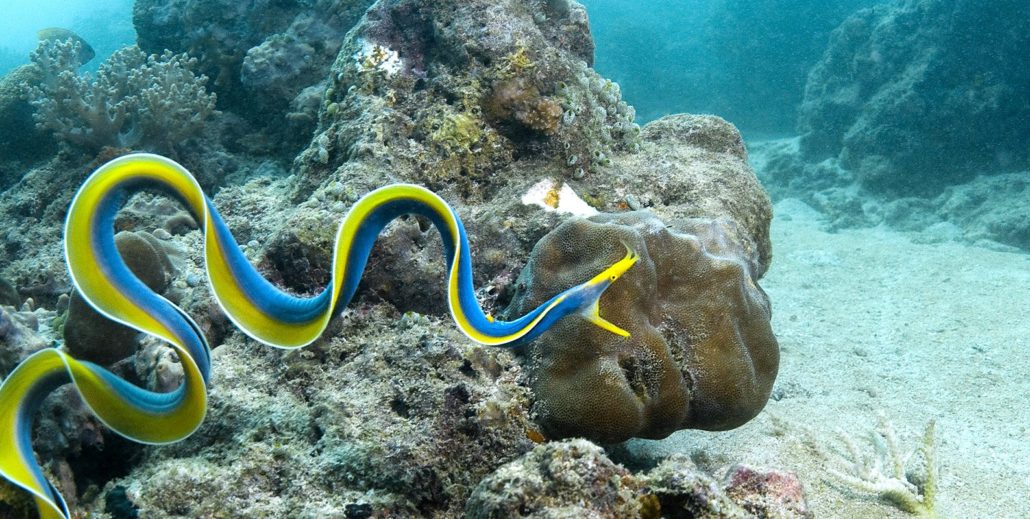
Park Zala.
Five kilometers (three miles) separate Jozani Land Animals and Park from the small reserve known as Jozani National Park. Here, a variety of captive animals can be seen. This reserve is home to a variety of creatures, including big pythons, chameleons, geckos, tortoises, crabs, dik-dik, striped lizards, monitor lizards, and hyrax. A lush forest of citrus, lime, grapefruit, nutmeg, banana, ginger, chilli, black pepper, and cinnamon trees surrounds the reserve.
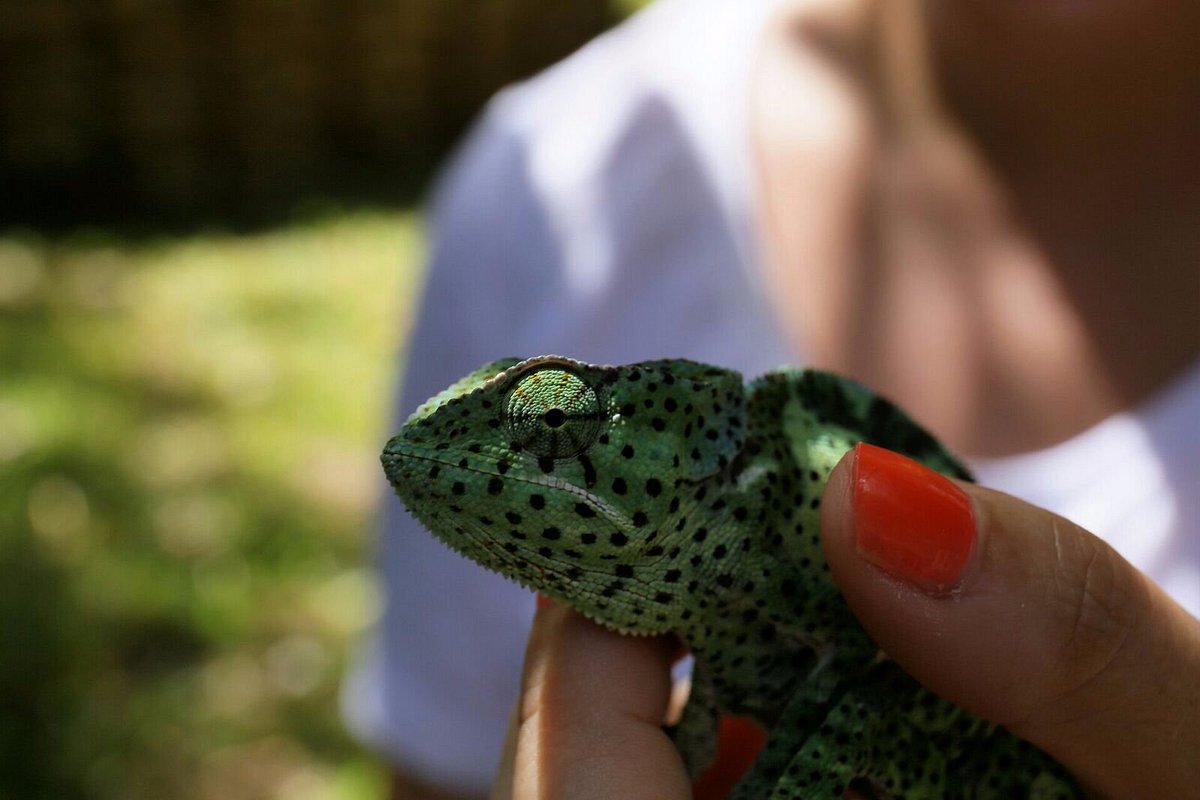
Reserve of the Kiwengwa-Pongwe Forest
On the northeastern coast of Unguja, the Kiwengwa/Pongwe Forest Reserve is located 20 kilometers (12 miles) from Zanzibar Town. This reserve is a significant hotspot for biodiversity in the coral rag zone. Both faunal and floral species abound in the wooded reserve. Red colobus monkeys, Aders’ duiker, Sykes, blue monkeys, antelope, and different snake species are among the endemic species found in the reserve. Among the 47 bird species present in the woodland are Fischer’s turaco, Zanzibar sombre greenbul, crowned hornbill, and white-browed coucal. About 100 different plant species exist, many of which have medicinal properties. Conservation measures have been put in place to keep the diverse biodiversity of this reserve from going extinct.
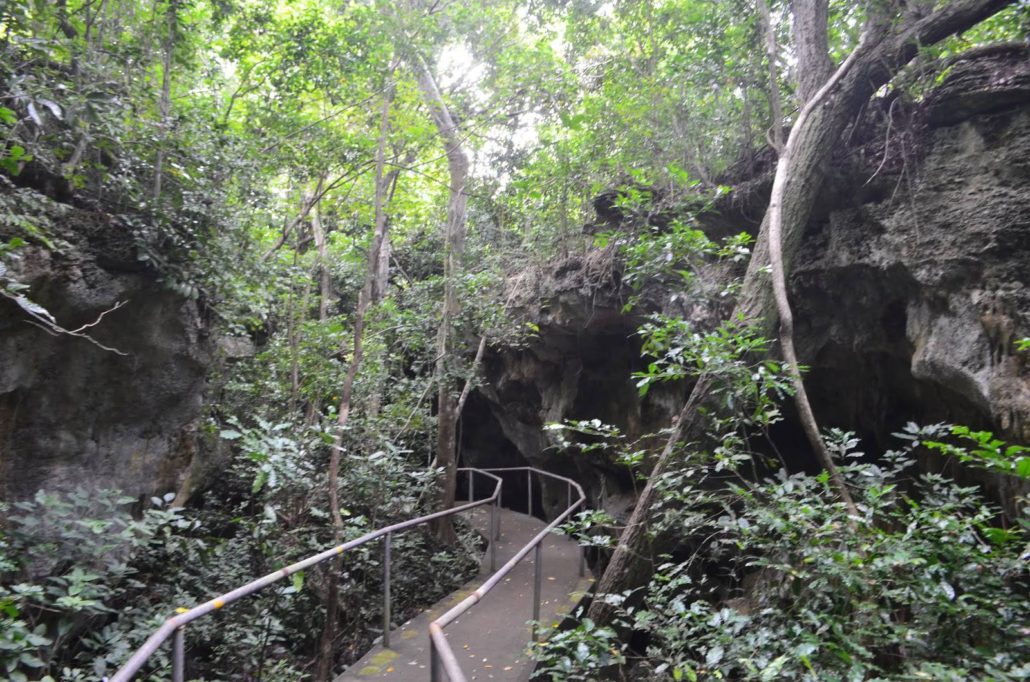
Marine Reserves in Zanzibar
Marine preserves
In order to protect the species on the island, Zanzibar has created a number of maritime parks. These protected areas include Chumbe Marine Park, Mnemba Marine Park, Misali Marine Park, Menai Marine Park, Tumbatu Island, Chapwani Island, and Changuu Island.
Mnemba Marine Park
On the northeastern tip of Unguja Island, about 10 kilometers (6 miles) from Stone Town, is Mnemba Marine Park. To ensure coral restoration, a region of the park known as the “House Reef” has lately been declared a “no touch” zone. The park contains many different plant and aquatic species. Here, a great number of endangered green turtles lay their eggs.
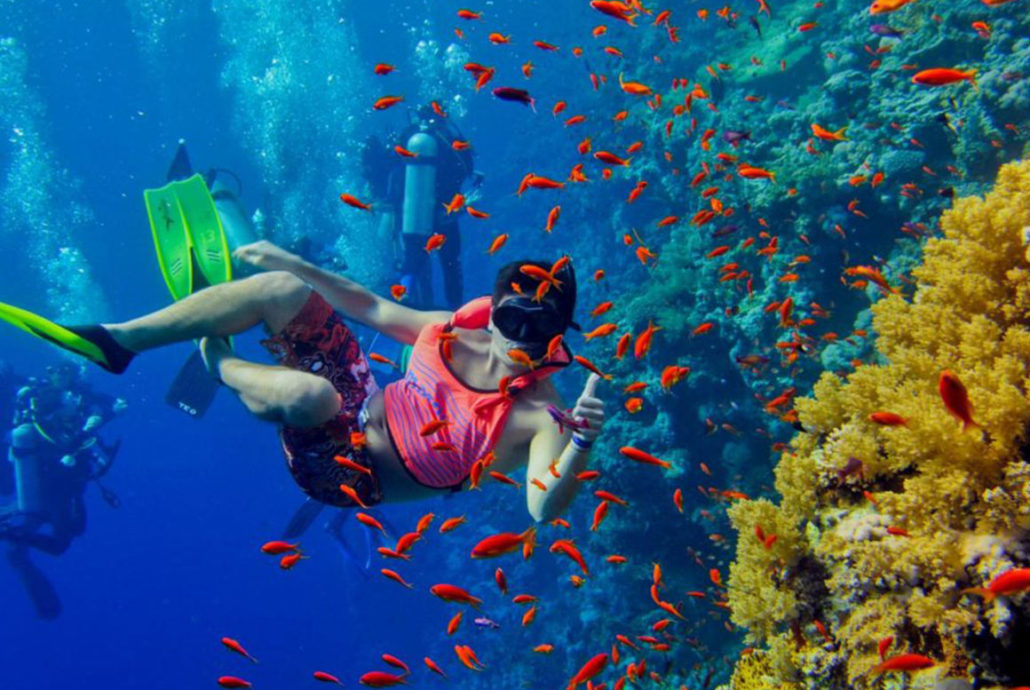
Chumbe Marine National park
Since 1994, it has been formally recognized as the Chumbe Reef Reserve. This sanctuary’s mission is to preserve and enhance the distinctive biodiversity of coral reefs. The sanctuary includes an educational center, a “Eco-lodge” for guests, and a terrestrial nature walk. Two of the most noteworthy awards it has won are the British Airways Tourism for Tomorrow Southern Regional and Global Awards and the “UNEP Global 500 Award for Environmental Achievement.”
Misali marine park
The size of the Pemba Channel Conservation Area is 21.58 square kilometers (8.33 square miles), includes a coral ring that encircles Misali Island for 9.4 kilometers (5.8 miles). There is a rich reef environment with significant economic value in the vicinity of Misali Island. More than 400 distinct fish species, including the critically endangered humphead, can be found in the area, along with 42 different varieties of hard coral.
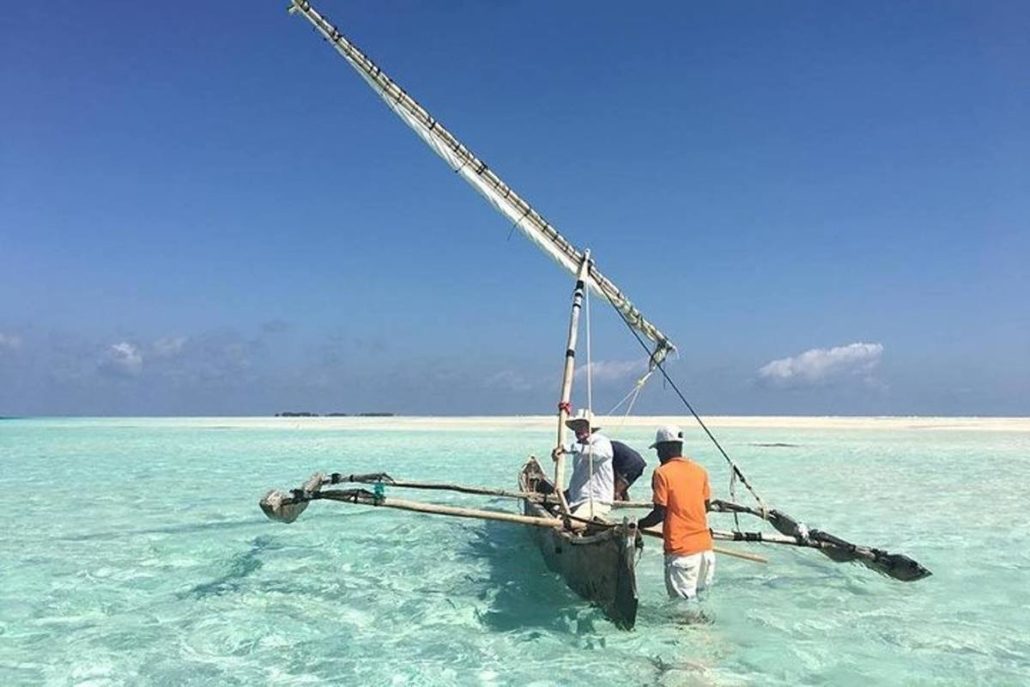
Menai marine park
On the southwest coast of Unguja Island is Menai Marine Park, which includes marine and coastal regions. There are several tropical fish species, sea grasses, and coral reefs. Mangrove forests cover several little islets. This reserve is home to a variety of aquatic species, including moray eels, scorpion fish, lion fish, large groupers, octopuses, lobsters, rays, manta rays, whale sharks, sea turtles, various dolphins, sperm whales, and humpback whales. 470 square kilometers of marine habitat make up the Menai Marine Park ecosystem (180 sq mi).
